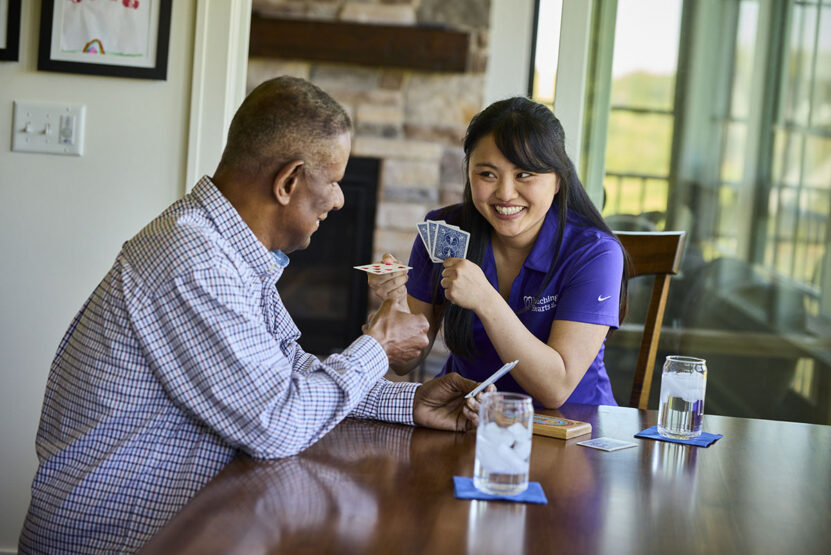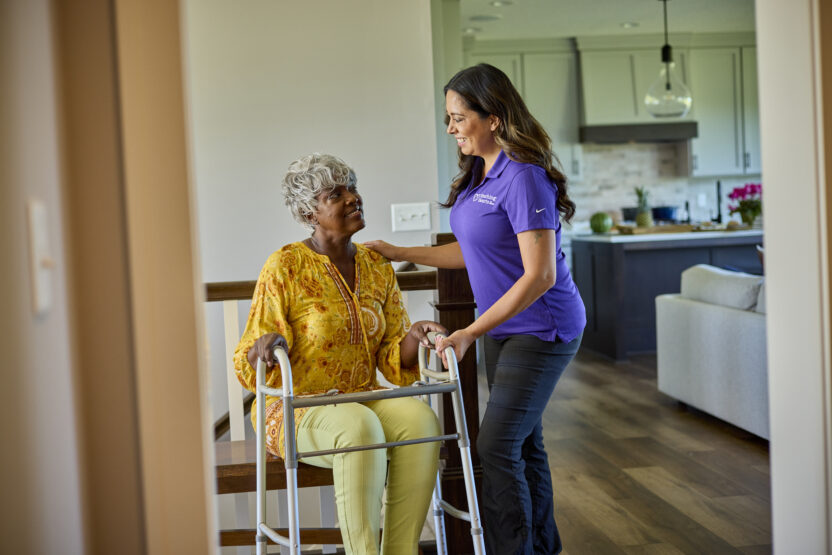On Circulatory Health
This refers to diseases of blood vessels outside the heart and brain. It’s often a narrowing of vessels that carry blood to the legs, arms, stomach or kidneys. There are two types of these circulation disorders:
What is peripheral artery disease?
Peripheral artery disease (PAD) is a condition similar to coronary artery disease and carotid artery disease. In PAD, fatty deposits build up in the inner linings of the artery walls. These blockages restrict blood circulation, mainly in arteries leading to the kidneys, stomach, arms, legs and feet. In its early stages a common symptom is cramping or fatigue in the legs and buttocks during activity. Such cramping subsides when the person stands still. This is called “intermittent claudication.” People with PAD often have fatty buildup in the arteries of the heart and brain. Because of this association, most people with PAD have a higher risk of death from heart attack and stroke.
How is peripheral artery disease diagnosed and treated?
Techniques used to diagnose PAD include a medical history, physical exam, ultrasound, X-ray angiography and magnetic resonance imaging angiography (MRA).
Most people with PAD can be treated with lifestyle changes, medications or both. Lifestyle changes to lower your risk include:
PAD may require drug treatment, too. Drugs include:
In a minority of patients, lifestyle modifications alone aren’t sufficient. In these cases, angioplasty or surgery may be necessary.
Angioplasty is a non-surgical procedure that can be used to dilate (widen) narrowed or blocked peripheral arteries. A thin tube called a catheter with a deflated balloon on its tip is passed into the narrowed artery segment. The balloon is then inflated, compressing the plaque and dilating the narrowed artery so that blood can flow more easily. Then the balloon is deflated and the catheter is withdrawn.
Often a stent — a cylindrical, wire mesh tube — is placed in the narrowed artery with a catheter. There the stent expands and locks open. It stays in that spot, keeping the diseased artery open.
If the narrowing involves a long portion of an artery, surgery may be necessary. A vein from another part of the body or a synthetic blood vessel is used. It’s attached above and below the blocked area to detour blood around the blocked spot.










